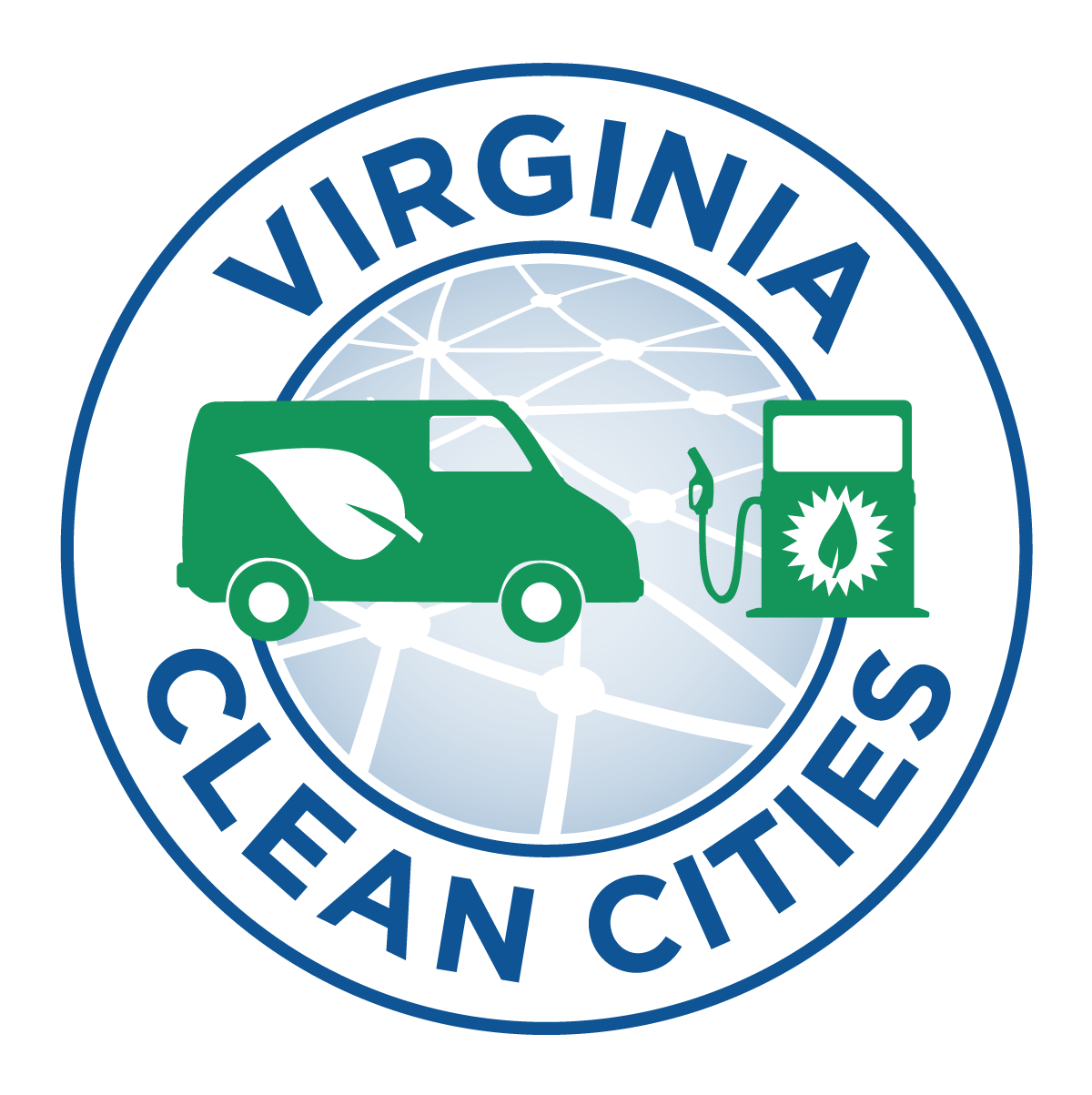The wait will soon be over for the Greater Richmond Transit Company (GRTC) Pulse project.
On Monday, GRTC announced that the “modern, high quality, high capacity rapid transit system” will begin service on June 24.
The 7.6-mile route runs along Broad Street and Main Street, from Rocketts Landing in the City of Richmond to Willow Lawn in Henrico County. It will link the public to many destinations, businesses, services and restaurants.
Leaders say the project will be completed on budget and on time with the contractual completion date of June 30, 2018.
“We are excited to see this project connect residents, workers and visitors in our city,” said Mayor Levar Stoney. “One quarter of the city’s population and two thirds of all jobs in Richmond are within a half mile of the Pulse. This new service, when integrated with our new Richmond Transit Network Plan, can become the transit heartbeat of our thriving city.”
GRTC officials gave an update on the progress of the service thus far, and released more information about the readjustment of other GRTC lines.
“Every city route that you have known for maybe 40 plus years will go away and get a new name, new number and in some cases a new travel pattern,” said GRTC Director of Communications Carrie Rose Pace.
Speeding up a rider’s commute was the goal behind this transformation.
Now riders will be able to see more buses along heavily traveled lines in addition to the brand new Pulse Service.
“We want to be able to better connect people with these important destinations all over the Pulse route,” Pace said.
“The truth is in the pudding,” said GRTC rider Linda Hermon. “You’ve got to ride it to find out what works and what doesn’t work.”
Hermon has ridden GRTC buses for more than 50 years. She said she will try out the new Pulse route, but has some concerns.
“You’re going to have bike riders, scooter riders… I’ve seen the accidents,” Hermon said. “You’re going to have increased traffic with two kinds of buses. So it’s a wait and see for me.”
Finishing touches are ongoing at the 14 stations along the line including landscaping, lights, totem signage, station glass, pedestrian curb ramps and sidewalk repairs.
Bus drivers are also getting trained on how navigate the route.
“From end to end if you were to ride it’s about 37 minutes we estimate right now,” Pace said.
That time estimate is without the special traffic signals turned on for the new bus route. Those signals will navigate Pulse drivers throughout the route using symbols. A vertical white line is their “green light”, a red horizontal line is their “stop light”.
The signals were created in an effort to prevent as many accidents as possible.
“You’re going to wait until you get your green left turn arrow, just like you always do today,” Pace said. “You do not need to worry about a bus barreling and hitting you while making that turn because our bus will get a signal that says stop.
“[Drivers will] have to become more aware now because of different rules and regulations,” said Dexter Superville, who rides GRTC buses.
Pace said the latter will be the biggest challenge with this new service – breaking old habits.
“Sometimes when we drive, ride our bikes or walking, we’re in auto-pilot because we’re used to how things have always been,” she added. “We’re really asking people to pay attention to new pavement markings, new signage, new traffic signals…”
The Pulse service will operate weekdays from 5:30 a.m. to 1 a.m., weekends from 6 a.m. to 12 a.m.
Pace estimates a daily ridership of 3,500.
The fare to ride the Pulse will be the same as local routes at $1.50 per ride or $0.75 for reduced fare customers. It will be free to ride for CARE customers.
Source: NBC12
